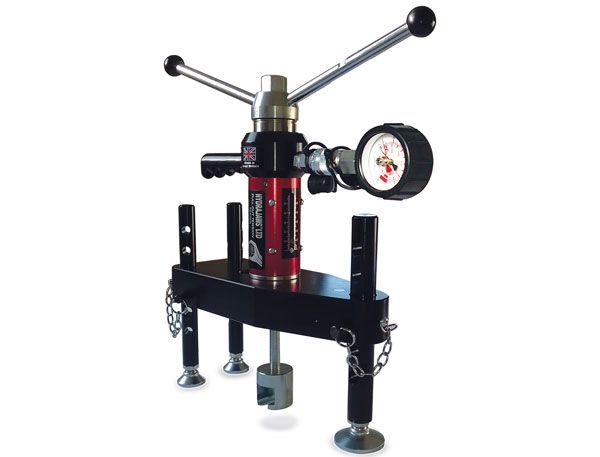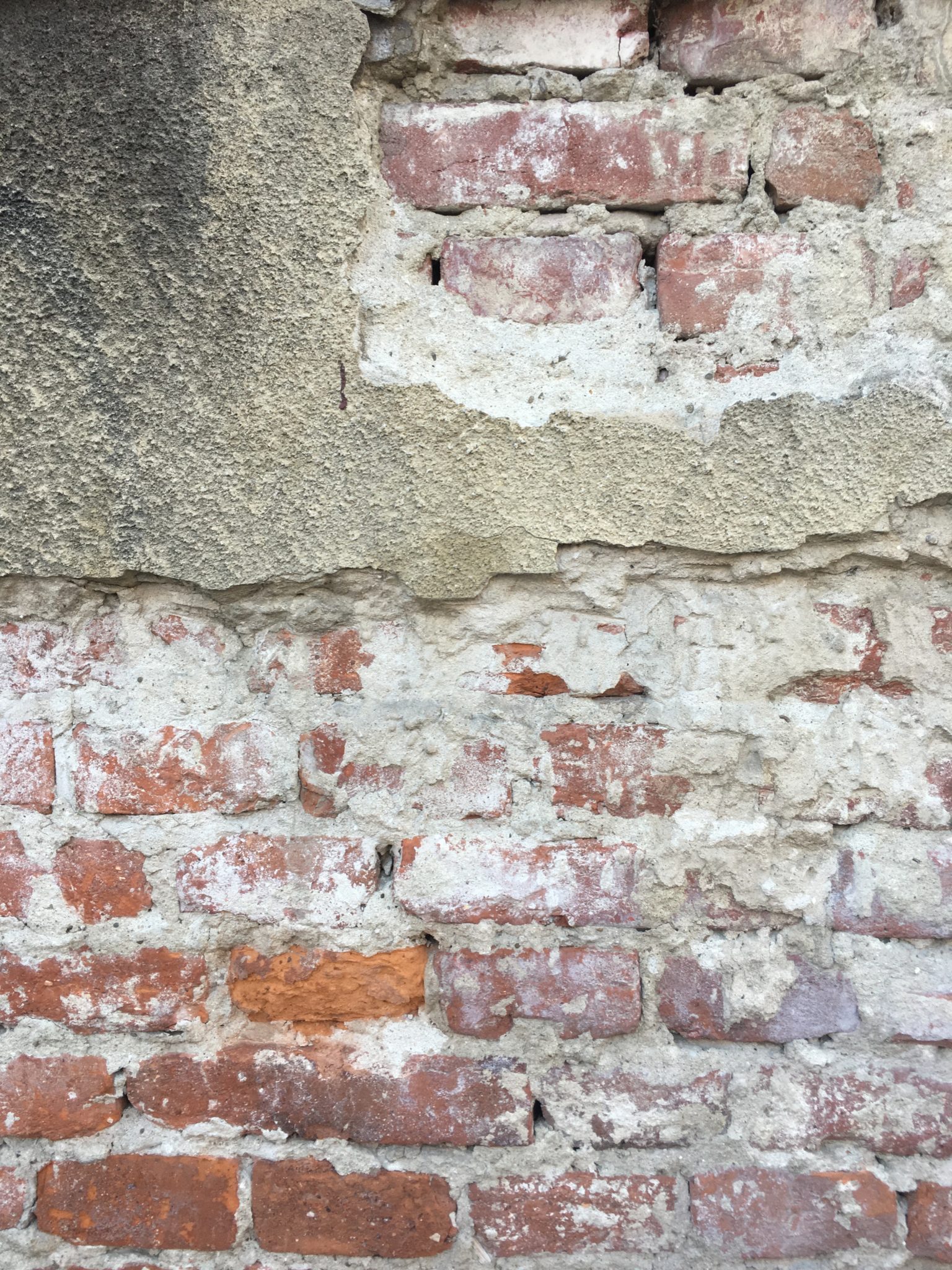What is Pull out Testing?
Pull testing is a really simple procedure carried out on a rendered wall to check the integrity of the surface prior to adding insulation. When we come across a rendered wall with cracking or where there are signs the render is in a poor condition, we will perform the test to check whether the existing render needs removing prior to insulation.
The test itself is really easy to perform. Our installer will adhere a small cube of insulation to the wall with the adhesive and leave this to dry for 48 hours. Typically we put the insulation over areas on the wall that are showing stress – along cracks for instance. After 48 hours the installer will return and pull on the insulation in an effort to remove it from the wall. There are two possible outcomes – either the insulation will come away leaving the render behind on the wall, or the render will come away with the insulation leaving the brickwork exposed.
Of course, if the render is being pulled off the wall by the adhesive, then we will need to strip that area of render and level it prior to insulating. If the render stays put, then it is fine to insulate over.
What tool to use to do Pull out Testing?
Hydrajaws Model 2000 Medium Duty Fixing Testers enable engineers to confirm the holding power of anchors in most construction materials, either for the purpose of establishing safe working loads or to validate the correct installation of existing fixings. The tensile load of up to 25kN is applied to the fixing mechanically and hydraulics are used to register the load through an accurate analog gauge, making the tester very reliable.
When do you need to perform a Pull Test?
The pull test will be used on any rendered wall which is showing even the slightest sign of failure. Ideally it should be done along all cracks and areas where the render has blown. You don’t need to do this procedure on brick or painted brick walls, nor on rendered walls in excellent condition.
Do I need to get the Whole Wall Stripped if a Pull out Test Fails?
The answer to this is no – although it will depend on how many failures occur. If the majority of the pull tests fail, then it is probably advisable to get the whole wall stripped of the existing render.
If only one or two spots fail, then it is usually possible to remove the poorer areas of render, add a levelling mortar to get the surface as even as possible, and then add the insulation over the whole area. This is something our expert installers will be able to judge on site, but you should be aware that significant stripping of render will carry an additional cost.
Can I strip my render anyway?

Yes. Some customers want to strip the existing render anyway. Usually this is because the old render is quite thick, and space might be at a premium on a certain elevation – such as on a driveway or an alley between the houses. The important thing to note is that often removing render will necessitate a levelling mortar because of the condition of the brickwork below, so be aware that the additional costs can stack up if you choose to strip the whole way. We can talk you through the costs and benefits in more detail on our visit.
How much does it cost to strip render?
This will depend a little on the condition of the render, its thickness and type. A typical price might be around £25 per square meter, which would cover the labour involved to remove it and the cost of disposal of the old render, which can be surprisingly high. Thick old render can take up a whole skip or more in some cases! This of course does not include any remedial work to the wall underneath, which is often in a bad state and requires levelling.
This is why we try to avoid stripping render wherever possible, and in 95% of our works, little to no render stripping is required. But don’t worry, we can go through this on our site visit prior to works beginning, and ensure you are fully aware of the implications for your walls.















No comments yet